Some places just feel wrong. You walk in, and your skin crawls. The air gets thick. You hear things that shouldn’t be there.
- 1. Raynham Hall, England
- Dorothy Walpole’s Tragic Story
- How to visit Raynham Hall
- 2. Eastern State Penitentiary, Philadelphia
- The Torture of Silence
- The Shadow Figures of Cell Block 12
- How to visit Eastern State Penitentiary
- 3. Waverly Hills Sanatorium, Kentucky
- The Death Tunnel
- Tip
- 4. Bhangarh Fort, India
- What Happens After Dark
- How to Visit Bhangarh Fort
- 5. Hoia-Baciu Forest, Romania
- The Shepherd Who Vanished
- The Paranormal Activity
- How to visit Hoia Baciu forest
- 6. Alcatraz Federal Penitentiary, San Francisco
- Al Capone’s Banjo
- Why The Rock Won’t Let Go
- How to visit Alcatraz
- 7. The Stanley Hotel, Colorado
- Elizabeth Wilson, the Original Ghost
- Room 217 – The Epicenter
- The Stanley’s Philosophy
- 8. Bodmin Jail, England – The Execution Prison
- The Public Execution Spectacle
- The Naval Prison Section
- 9. Aokigahara Forest, Japan – The Suicide Forest
- The Supernatural Activity at Aokigahara Forest
- The Tape Trail Phenomenon
- Scientific Explanations That Fall Short
- 10. La Recoleta Cemetery, Buenos Aires
- Evita’s Restless Spirit
- The Labyrinth Effect
- 11. Beechworth Asylum, Australia
- The Underground Tunnels
- Why the Spirits Won’t Rest
- 12. Paris Catacombs, France
- From Quarry to Mass Grave
- The Cataphiles
- The Phantom of the Catacombs
- The Most Haunted Areas
- 13. The Cecil Hotel, Los Angeles
- Most Notorious Cases Connected to the Cecil Hotel
- How to visit Cecil Hotel
These are the haunted places where real tragedy happened, where people suffered. Where history left scars so deep they still bleed. These locations will mess with your head. They’ll make you question what you know about life, death, and everything in between.
1. Raynham Hall, England
In 1936, two photographers were taking pictures for Country Life magazine when something impossible happened. It’s probably the most famous ghost photograph in the world: The Brown Lady of Raynham Hall in Norfolk, captured for Country Life in 1936.
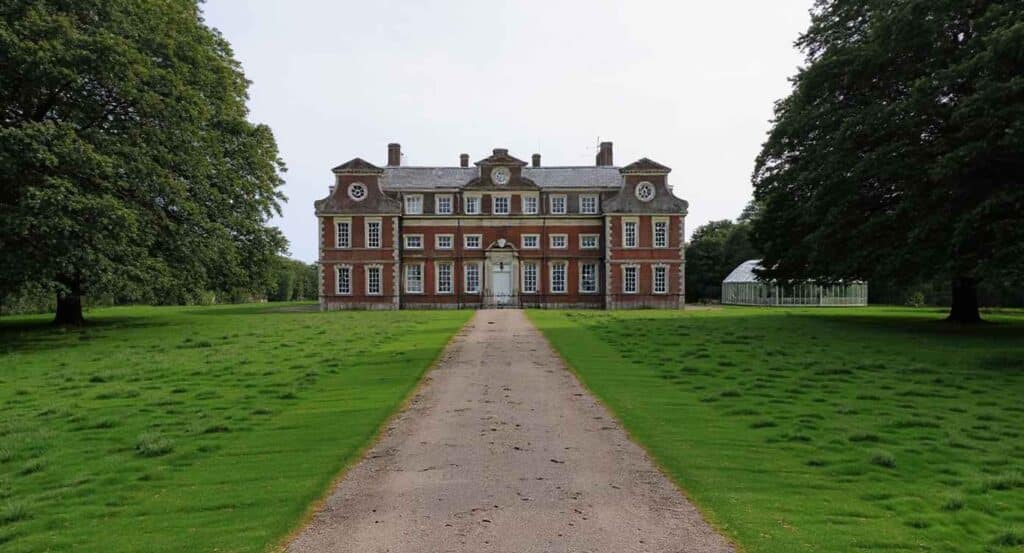
Captain Hubert Provand and his assistant Indre Shira were photographing the oak staircase. As Provand prepared for the shot, Shira suddenly shouted: “Quick! Quick! There’s something on the staircase!”
The resulting photograph shows a translucent figure in a brown dress descending the stairs. Her face is a void where eyes should be.
Dorothy Walpole’s Tragic Story
Lady Dorothy Walpole (inset) is said to be the ‘Brown Lady’ captured on film. She was locked in her room by her husband, Charles Townshend, after he discovered her affair. For five years, she was a prisoner in her own home.
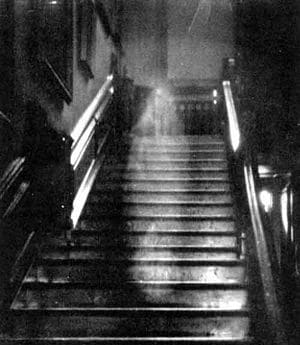
When she died in 1726, her suffering didn’t end.
Guests at Raynham Hall have seen her for centuries. She appears in corridors, always wearing that same brown brocade dress. Her face is the most disturbing part: hollow eye sockets, no nose, flesh hanging in tatters.
How to visit Raynham Hall
Raynham Hall is not generally open to the public. It opens only on a few pre-announced Open Days each year, when the owners offer pre-booked guided tours of the house (tickets about £30).
2. Eastern State Penitentiary, Philadelphia
Eastern State opened in 1829 with a revolutionary idea: to break criminals’ spirits through complete isolation. Prisoners spent 23 hours a day alone in 8×12-foot cells. They couldn’t see other inmates. They couldn’t speak. Many went insane.
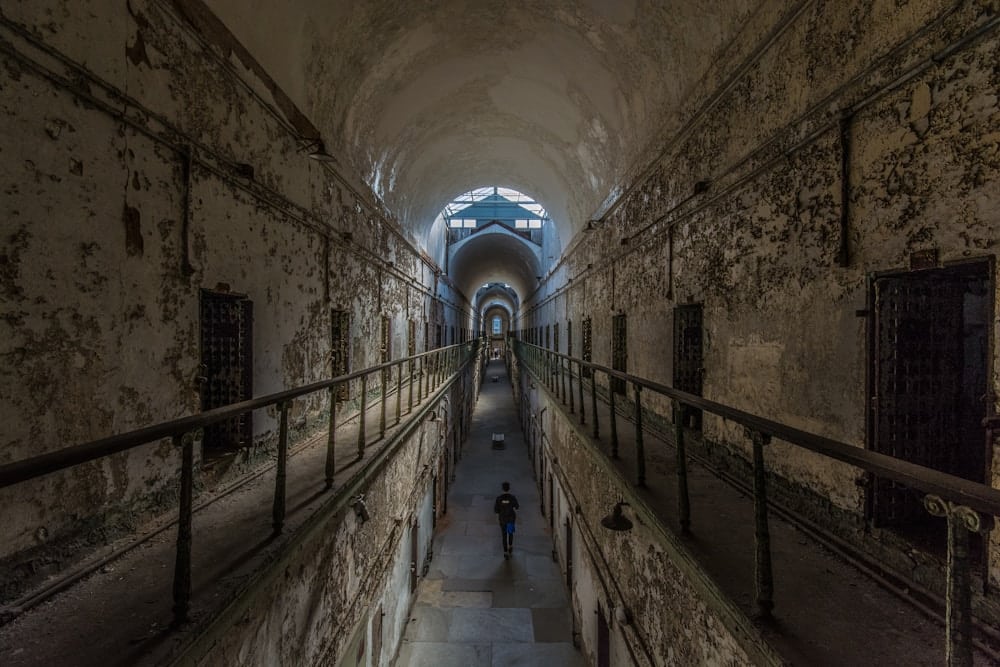
The prison closed in 1971, but the suffering never left.
The Torture of Silence
Imagine never hearing another human voice and never seeing another face. Just stone walls, a Bible, and your own thoughts slowly driving you mad.
Prisoners developed a condition called “prison psychosis”: hallucinations, self-mutilation, and catatonia. The suicide rate was 10 times higher than in other prisons.
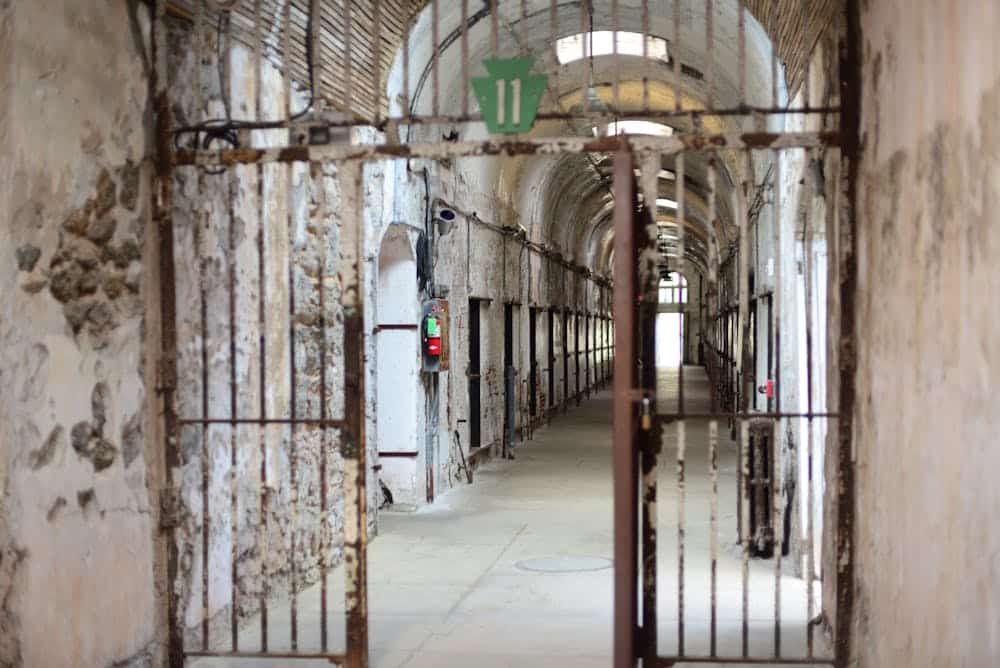
Charles Dickens visited in 1842 and called it “cruel and wrong.” He said the isolation caused “immeasurable torture and agony.”
The Shadow Figures of Cell Block 12
Walk through Cell Block 12 today, and you’ll hear footsteps behind you. Turn around — nobody there.
Gary Johnson, a security guard for 15 years, says: “I’ve seen things that would make you quit your job. Shadow figures darting between cells. Doors slamming when no one’s around. Voices calling for help.”
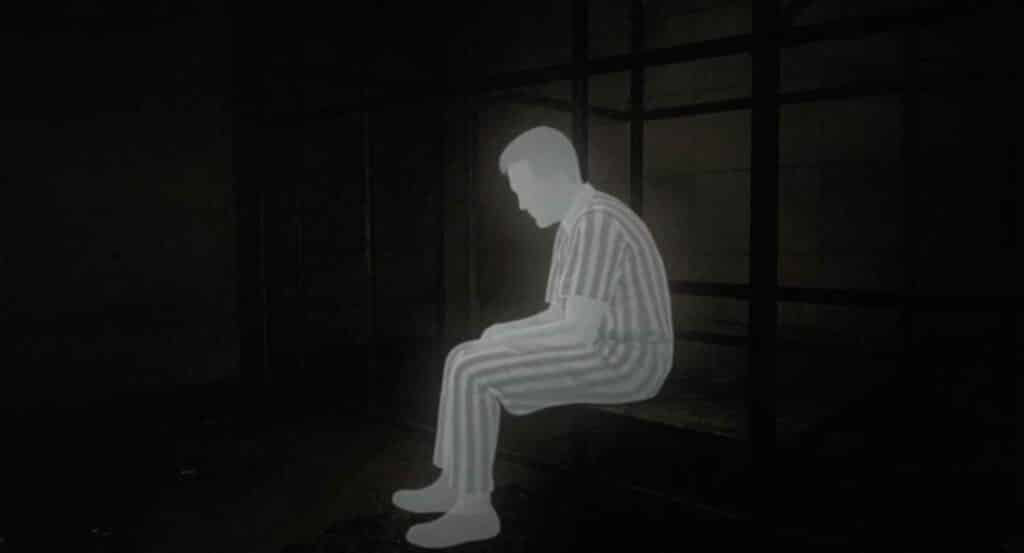
Cell 124 is the most active. Visitors report seeing a man in a striped uniform sitting on the bed, rocking back and forth. When they approach, he vanishes.
How to visit Eastern State Penitentiary
Eastern State Penitentiary is a historic site open to visitors year-round (the prison is generally open every day from morning until late afternoon, e.g. ~10 AM–5 PM)
Visiting Eastern State is largely a guided experience. Admission comes with an acclaimed audio tour voiced by actor Steve Buscemi, which visitors take at their own pace through the cellblocks.
3. Waverly Hills Sanatorium, Kentucky
Between 1910-1961, Waverly Hills treated tuberculosis patients when TB was essentially a death sentence. Over 63,000 people died here. That’s roughly three deaths every day for 50 years.
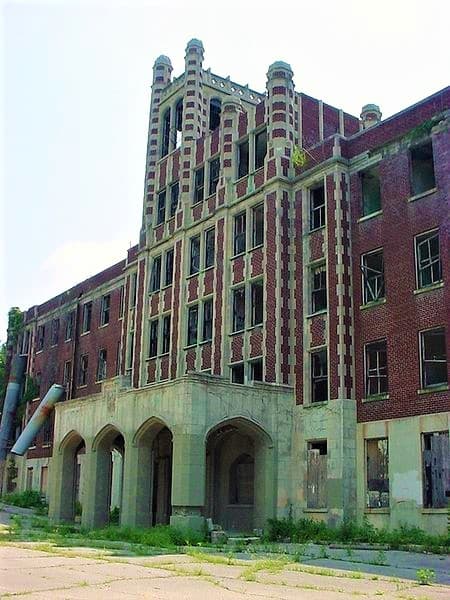
The suffering was unimaginable.
The Death Tunnel
The most chilling feature is a 525-foot tunnel leading from the hospital to the railway tracks. Staff used it to remove bodies without traumatizing living patients.
They called it the “Body Chute.”
At the height of the tuberculosis epidemic, bodies were removed through this tunnel daily. Sometimes hourly. The tunnel walls absorbed decades of grief, despair, and death.
Tip
Waverly Hills is not open on a daily walk-in basis; it can only be visited through official tours. The owners operate a tour season roughly from March through August, during which both historical and paranormal tours are offered to the public
The tunnel is now used for ghost tours, but many visitors can’t complete the walk. The atmosphere is oppressive. People report:
- Hearing gurneys being wheeled through empty tunnels
- Voices calling for help in multiple languages
- Shadow figures walking ahead of tour groups
- The smell of death and decay with no source
- Panic attacks and claustrophobia in people with no history of either
4. Bhangarh Fort, India
The Archaeological Survey of India has made it illegal to enter Bhangarh Fort after sunset. Not “discouraged” — illegal, with armed guards enforcing the ban.
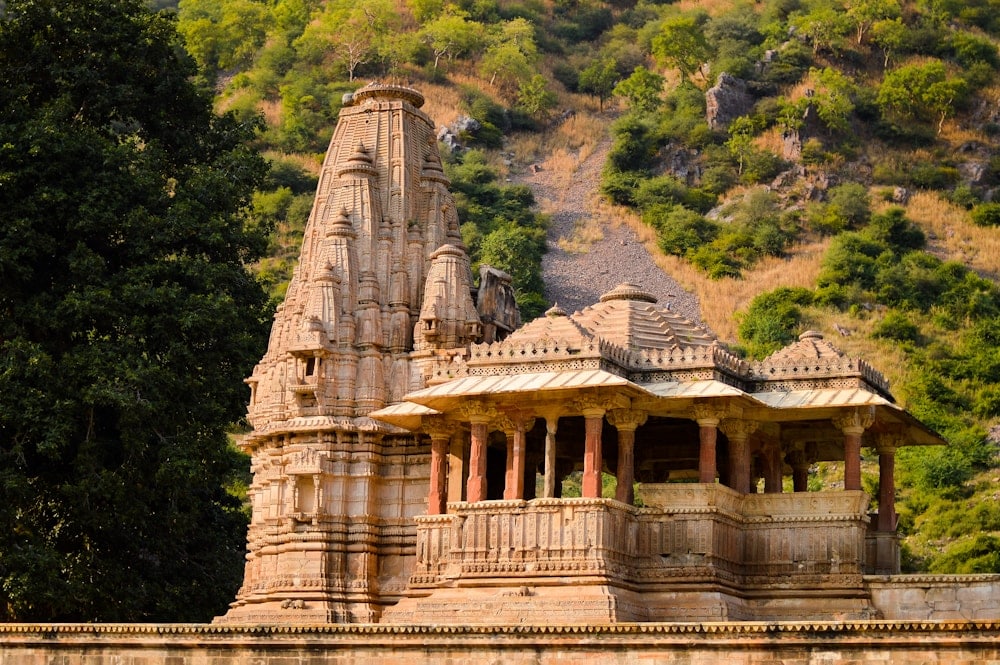
This is the only archaeological site in India with such restrictions.
What Happens After Dark
Guards stationed outside the fort (they refuse to enter after sunset) report nightly supernatural activity.
| Supernatural Activity | Incident Reports | Archaeological Evidence |
|---|---|---|
| Lights moving through empty buildings | 47 formal complaints about “supernatural disturbances” since 1950 | Wells containing fresh water after 400+ years of abandonment |
| A woman screaming at midnight, always from the palace complex | Medical reports of tourists suffering “acute psychological episodes” | No evidence of battle damage, despite historical records of the city’s violent end |
| Sounds of markets bustling with activity | Multiple archaeological teams are requesting a transfer from the site | Underground tunnels leading to sealed chambers with no apparent purpose |
| Music and dancing from abandoned courtyards | ₹50 lakhs annually spent on “special security measures” | Magnetic anomalies that make compasses spin wildly |
| The smell of cooking food from kitchens unused for 400 years | Personal belongings arranged as if residents planned to return |
How to Visit Bhangarh Fort
Bhangarh Fort is located in the Alwar district of Rajasthan, about 76–80 km from Jaipur. The most convenient way to visit is by road. Many travelers hire a taxi or driver from Jaipur (the drive takes roughly 2 hours).
5. Hoia-Baciu Forest, Romania
This 617-acre forest near Cluj-Napoca is called the world’s most haunted forest. The trees grow in spirals that defy physics. There’s a perfect circular clearing where nothing will grow. People enter and sometimes don’t come out the same.
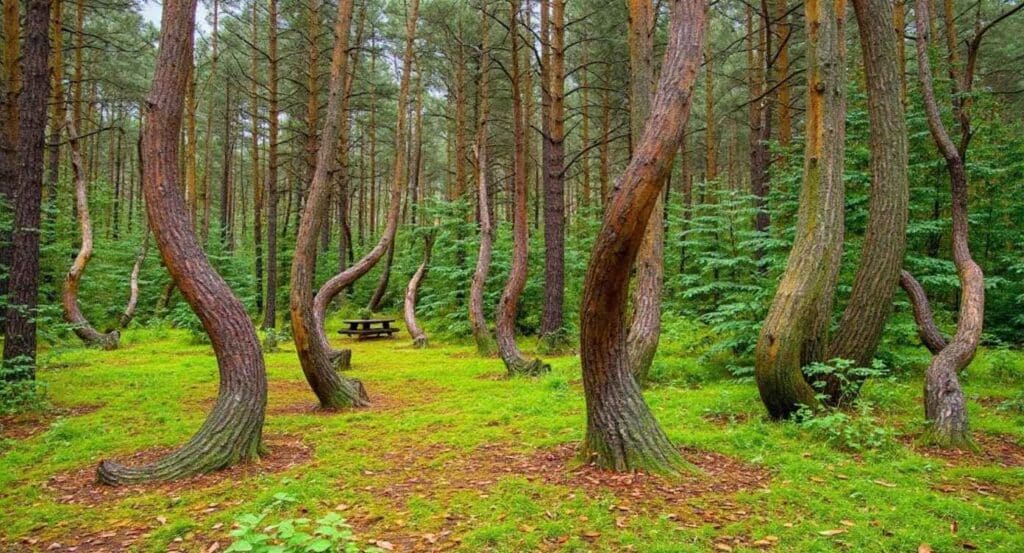
The locals call it “The Forest That Drives Men Mad.”
The Shepherd Who Vanished
The forest is named after Baciu, a shepherd who disappeared there with 200 sheep in the 18th century. They were never found. Neither were the dozens of others who’ve vanished since.
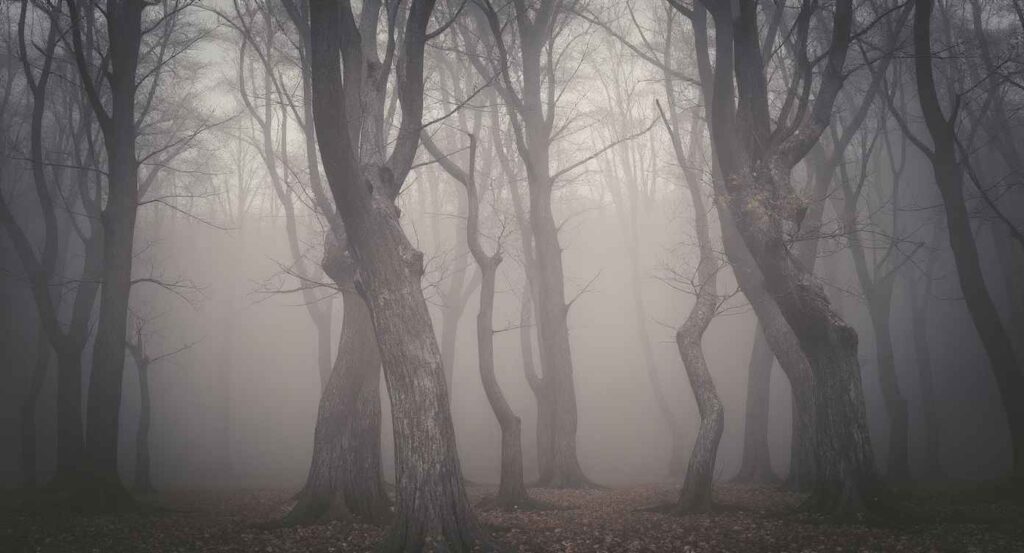
But disappearances are just the beginning.
The Paranormal Activity
Over 60% of people who enter Hoia-Baciu report supernatural experiences:
- Unexplained lights moving between trees
- Electronic devices are failing in specific tunnels while working perfectly meters away
- Temperature variations that don’t correspond to air circulation patterns
- Voices recorded speaking names from 18th-century burial records
How to visit Hoia Baciu forest
The forest is situated just outside Cluj-Napoca. It’s roughly a 20-minute drive west from Cluj’s city center. Most people take a taxi or drive a rental car to the forest edge (near the Ethnographic Park or Hotel Pădurea Hoia area).
6. Alcatraz Federal Penitentiary, San Francisco
From 1934 to 1963, Alcatraz housed America’s most notorious criminals: Al Capone, Machine Gun Kelly, the Birdman of Alcatraz — men who’d killed without remorse.
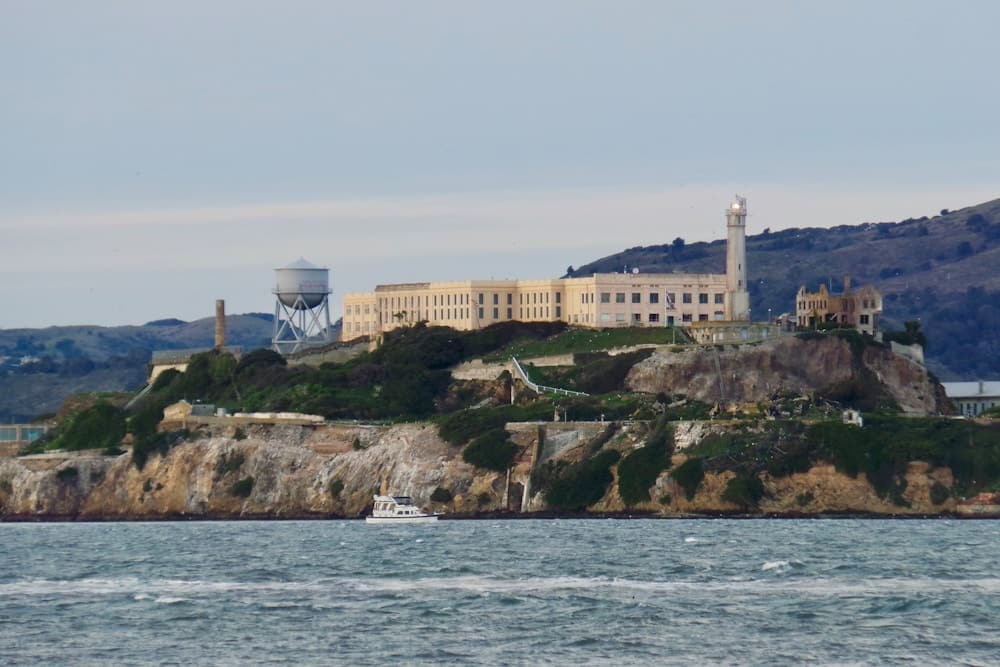
But even hardened killers were broken by “The Rock.”
Al Capone’s Banjo
Al Capone spent his final years at Alcatraz, slowly going insane from syphilis. He spent hours in his cell playing the banjo, often talking to people who weren’t there.
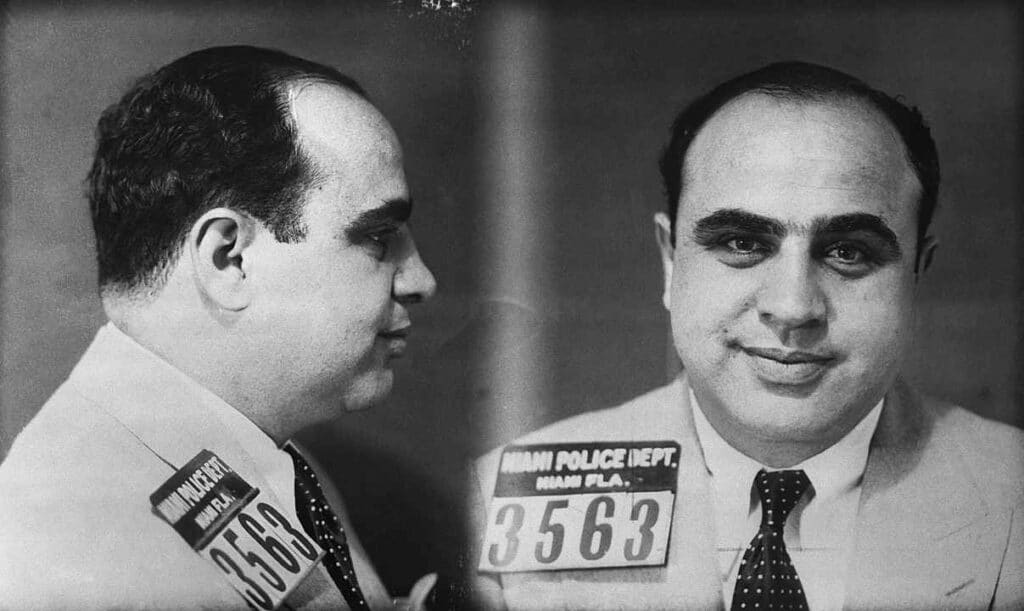
Guards reported hearing Capone’s banjo music coming from his empty cell years after he was transferred. The music always played at 3 AM, the time Capone claimed his victims visited him.
Today, visitors to Capone’s cell report:
- Phantom banjo music from the 1930s
- The smell of cigars with no source
- A figure in a pinstriped suit sitting on the bunk
- The temperature drops when his name is mentioned
- Visitors suddenly feel watched by invisible eyes
Why The Rock Won’t Let Go
Alcatraz represented the end of hope. Men went there knowing they’d never leave. That level of despair creates psychic impressions that can last decades.
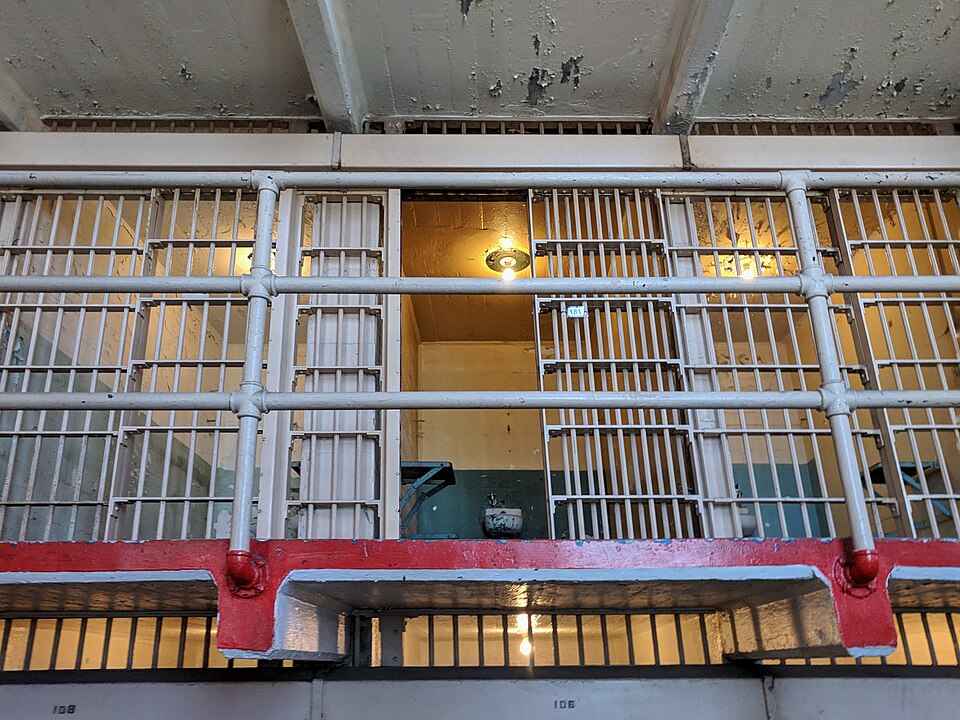
The prison’s isolation made the suffering worse. Surrounded by water, inmates could see San Francisco but never touch it. The proximity to freedom made captivity more torturous.
How to visit Alcatraz
Alcatraz Island is managed by the U.S. National Park Service and is open to visitors, but you must take an official tour to get there. The island is accessible only by ferry (no private boats allowed).
All Alcatraz tours depart from Pier 33 Alcatraz Landing on the San Francisco waterfront. Alcatraz City Cruises is the official ferry provider. To visit, you’ll book a ticket that includes the round-trip ferry ride to Alcatraz.
7. The Stanley Hotel, Colorado
Room 217 is where Stephen King stayed in 1974, inspiring The Shining. But the real hauntings at the Stanley Hotel are more terrifying than any novel.
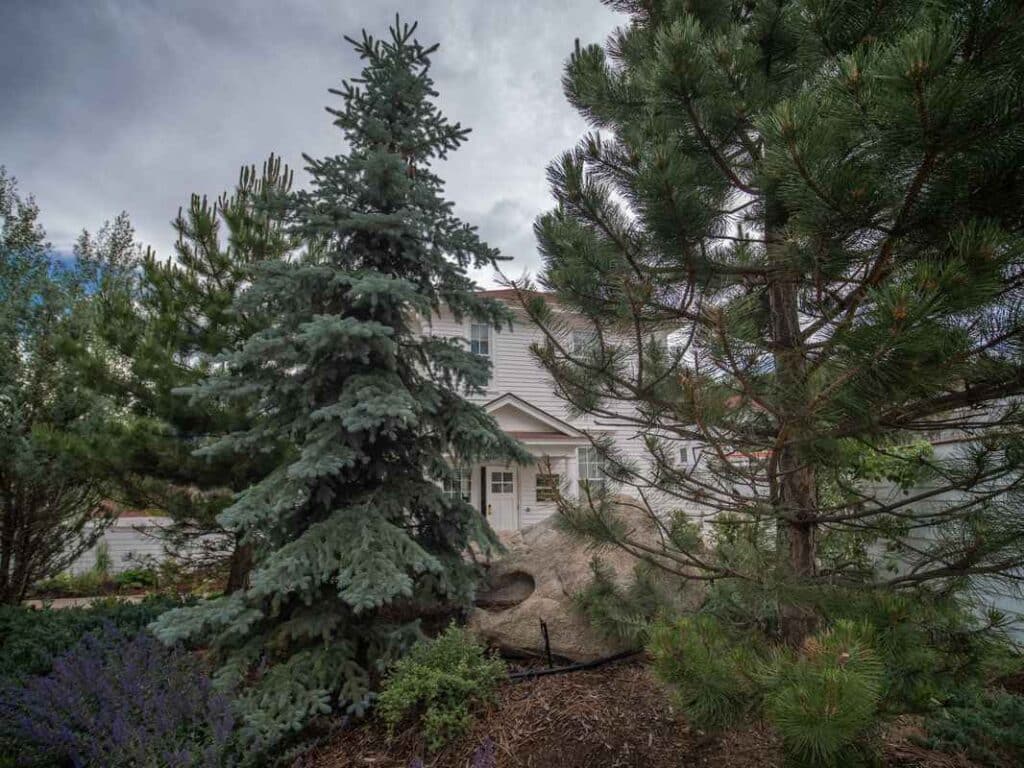
Elizabeth Wilson, the Original Ghost
Mrs. Elizabeth Wilson was Stanley’s head housekeeper from 1911 to 1950. She died in the hotel and never left her post. Elizabeth still “serves” guests today.
Guests often compliment the exceptional service until they realize housekeeping wasn’t scheduled.
Room 217 – The Epicenter
This is the most haunted room in the hotel. Stephen King experienced supernatural phenomena that inspired his most famous novel.
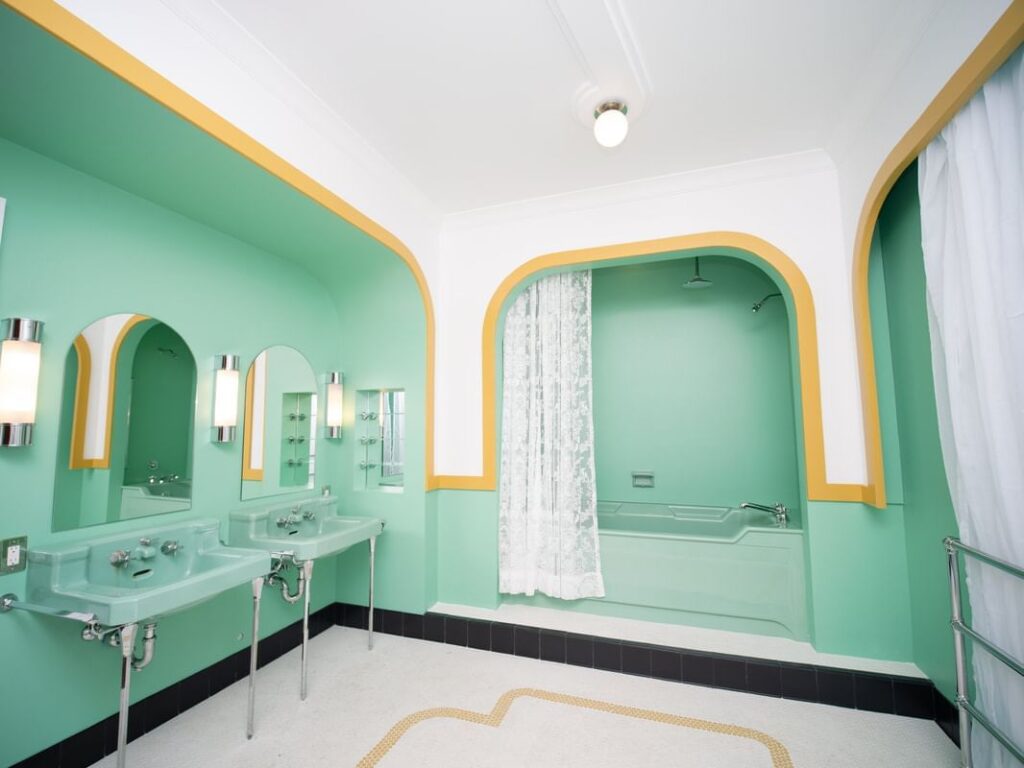
What happens in Room 217:
- Lights switching on and off in patterns
- Luggage unpacking itself overnight
- Bathroom faucets running at full force with no one turning them on
- Someone sitting on the bed, leaving visible impressions
- Children’s laughter from the empty room above
Something was in that room with us. It wasn’t malevolent, but it was definitely present. I could feel it watching.
Stephen King
The Stanley’s Philosophy
Unlike other haunted locations that deny paranormal activity, the Stanley embraces its ghosts. The hotel offers:
- Nightly ghost tours
- Paranormal investigation packages
- “Spirited” rooms for guests seeking supernatural encounters
- Annual paranormal conventions
- Ghost hunting equipment rental
8. Bodmin Jail, England – The Execution Prison
For over 150 years, Bodmin Jail in Cornwall housed Britain’s most dangerous criminals. Public executions drew thousands of spectators who came to watch men and women die.
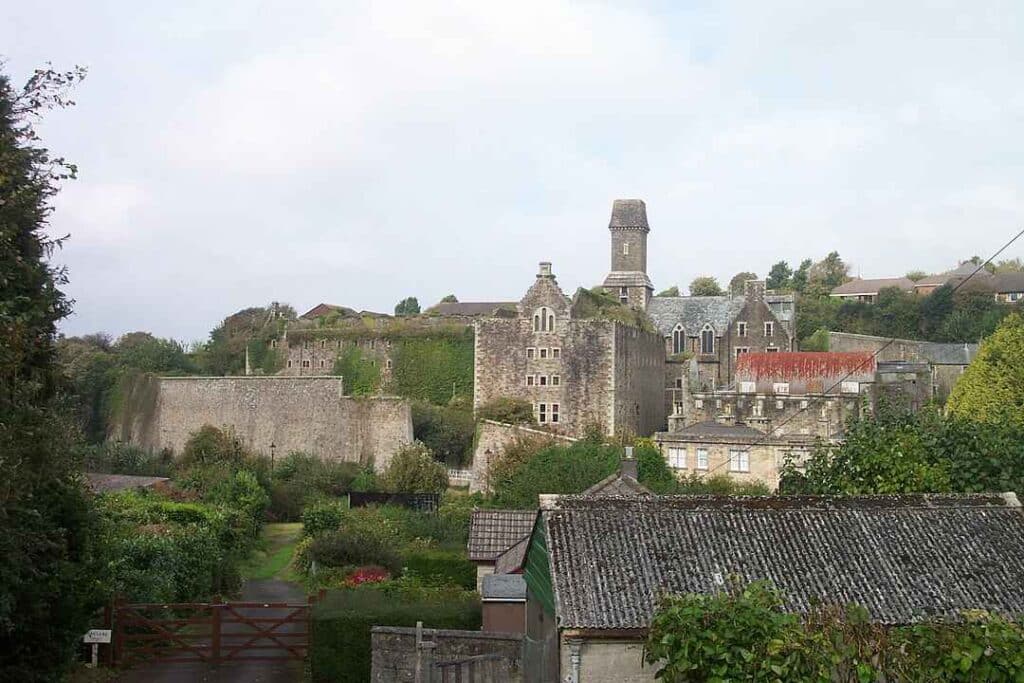
The last execution was in 1909, but the condemned still walk the corridors.
The Public Execution Spectacle
Bodmin’s executions were public entertainment. Families brought picnics. Vendors sold snacks. Children sat on their parents’ shoulders to get better views of death.
The condemned walked from their cells, up the stairs, to a platform overlooking the courtyard. A crowd of up to 20,000 people would cheer as the noose was placed around their necks.
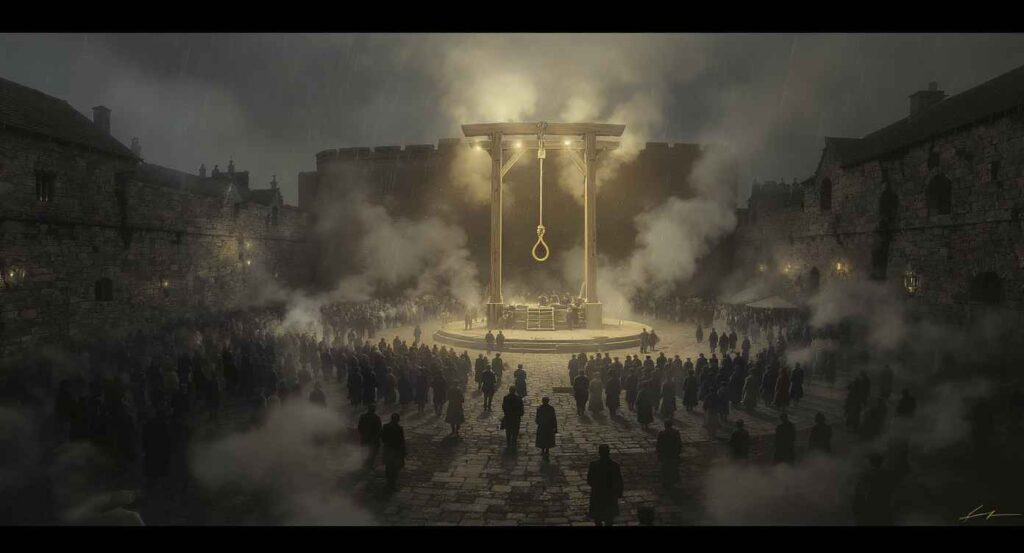
55 people were executed at Bodmin. All reportedly still haunt the jail.
The Naval Prison Section
During World War I, part of Bodmin housed naval prisoners – deserters, mutineers, and men who’d cracked under warfare’s pressure.
The naval section phenomena include: marching sounds at 3 AM (the time of military wake-up calls), voices singing naval shanties, the smell of the ocean and tar in landlocked Cornwall, apparitions of men in naval uniforms standing at attention, and Morse code tapped out on cell walls
9. Aokigahara Forest, Japan – The Suicide Forest
At the base of Mount Fuji lies a forest where people go to die. Aokigahara, known as the “Suicide Forest,” sees over 100 deaths annually. It’s the second most popular suicide location in the world, after the Golden Gate Bridge.
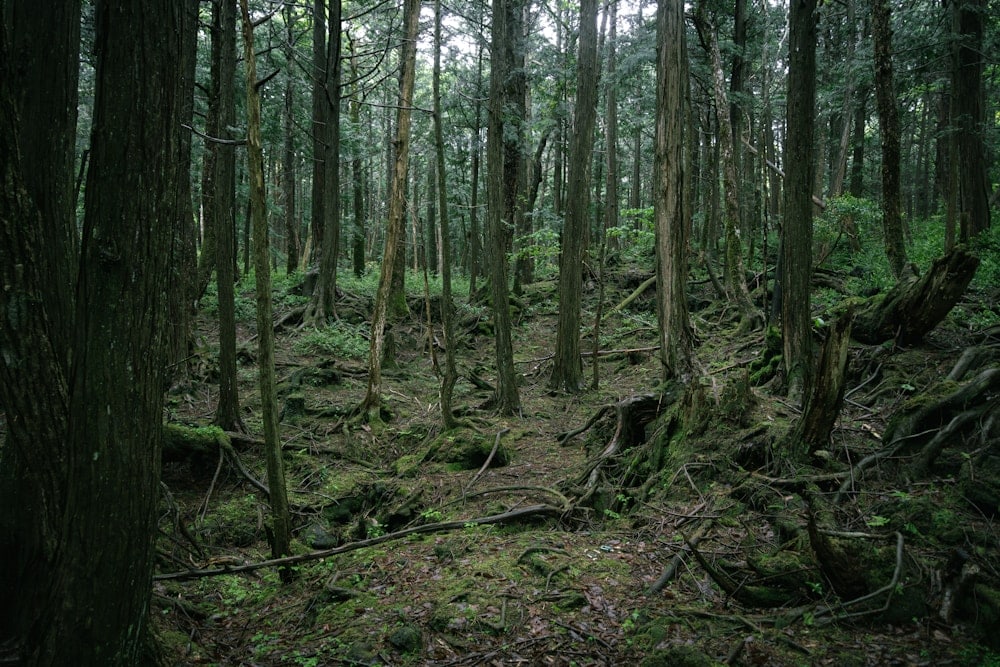
Aokigahara’s trees grow so densely that the wind cannot penetrate. This creates an unnatural silence that amplifies every sound: every footstep, every breath, every thought.
The forest floor is covered with volcanic rock that makes compass navigation impossible. Cell phones don’t work. GPS fails. People enter and simply disappear.
The Supernatural Activity at Aokigahara Forest
Beyond the tragic suicides, Aokigahara experiences intense paranormal phenomena.
| Phenomena | Beliefs | Findings |
|---|---|---|
| Voices calling from empty forest paths | Japanese folklore describes yūrei – spirits of people who died violently or with unfinished business | Bodies found annually: 70-100 |
| Unexplained lights in areas with no electricity | Spirits create illusions, making people believe they see loved ones | Estimated undiscovered remains: Over 500 |
| Figures moving between trees that vanish when approached | Spirits appear as shadows or figures that beckon people to follow | Personal belongings found without bodies: Hundreds annually |
| Electronic devices are failing even when fully charged | Most common locations: Dense areas 2+ kilometers from trails | |
| Visitors are becoming lost in areas they’d mapped perfectly | ||
| Time distortions: hours passing in what feels like minutes |
The Tape Trail Phenomenon
People entering Aokigahara often bring tape to mark their path. The forest is filled with plastic ribbons tied to trees – some leading back to safety, others leading deeper into the forest.
Some tape trails end at bodies. Others end at nothing, suggesting people changed their minds or encountered something that made them abandon their markers.
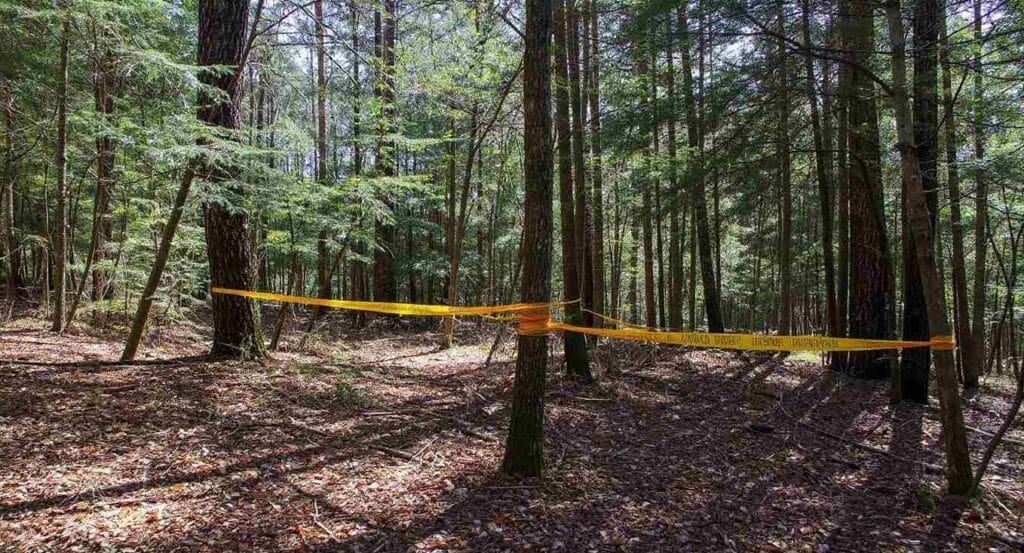
Most disturbing: fresh tape trails that appear overnight in areas searched daily by authorities.
Scientific Explanations That Fall Short
Magnetic anomalies from volcanic rock explain compass failures. Dense forest canopy blocks cell signals. Psychological factors affect judgment and decision-making.
But these don’t explain: people finding tape trails they didn’t create, voices recorded in languages not spoken by recent visitors, electronic devices turning on by themselves, and identical hallucinations reported by unrelated visitors
10. La Recoleta Cemetery, Buenos Aires
This isn’t just a cemetery, it’s a city of elaborate mausoleums where Buenos Aires’ elite rest in marble palaces. But death hasn’t stopped them from continuing their earthly dramas.
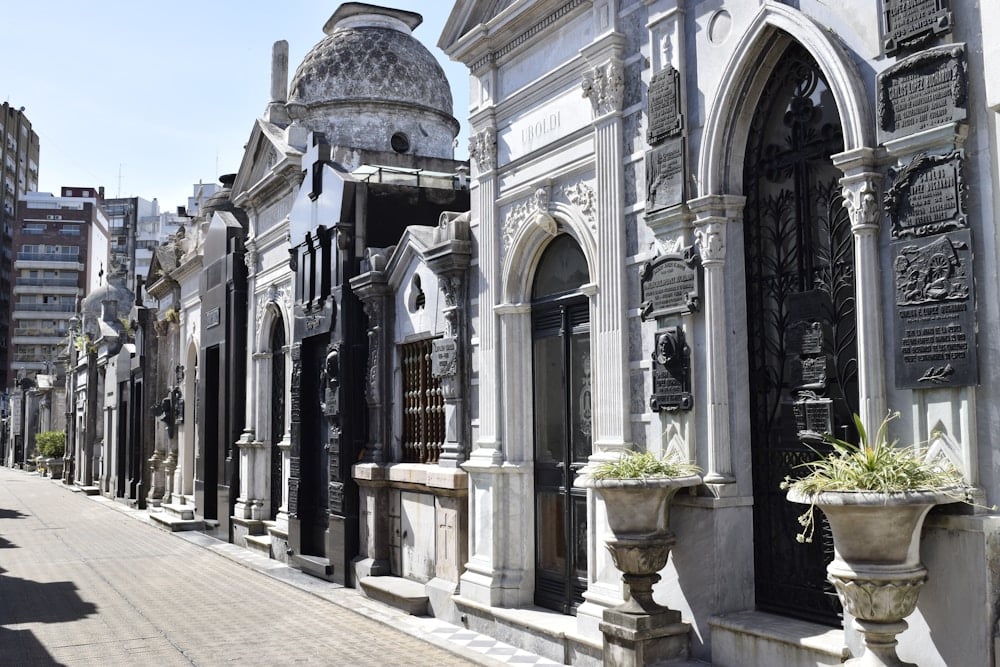
Evita’s Restless Spirit
Eva Perón, Argentina’s beloved First Lady, is buried here after a journey more dramatic than her life. After her death in 1952, her body was embalmed, stolen by military rulers, hidden in Italy for 16 years, and finally returned to Argentina.

Evita’s tomb experiences constant paranormal activity: a woman in a 1940s dress placing flowers at the grave, the scent of jasmine (her favorite perfume) with no flowers present, visitors feeling touched gently on the shoulder, and electronic devices recording voices saying “Don’t cry for me” in Spanis
The Labyrinth Effect
Recoleta’s layout is deliberately maze-like, designed so mourners would contemplate mortality while searching for specific graves.
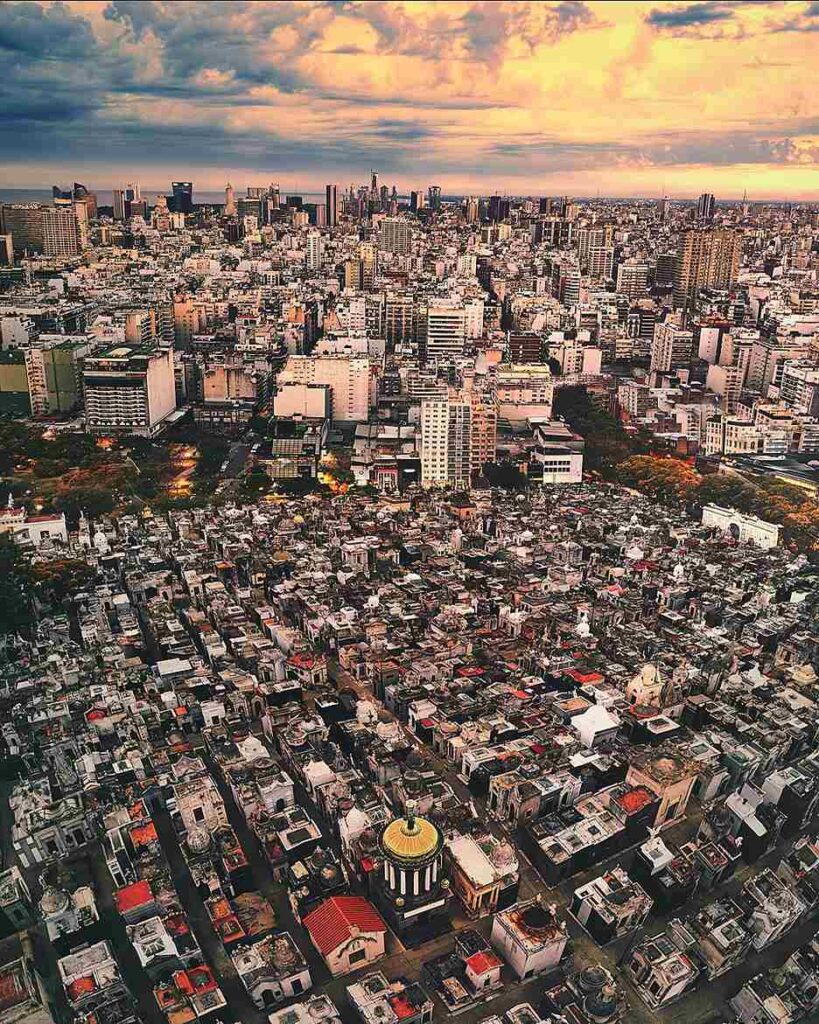
This creates a supernatural phenomenon: visitors become lost in areas they’ve visited before, paths appear that aren’t on cemetery maps, the same tomb can appear in multiple locations, and people find graves of relatives they didn’t know were buried there.
11. Beechworth Asylum, Australia
Operating from 1867-1995, Beechworth housed over 9,000 patients. Only 3,000 ever left alive. The rest are buried in unmarked graves on the asylum grounds. It was a human warehouse where society dumped its unwanted.
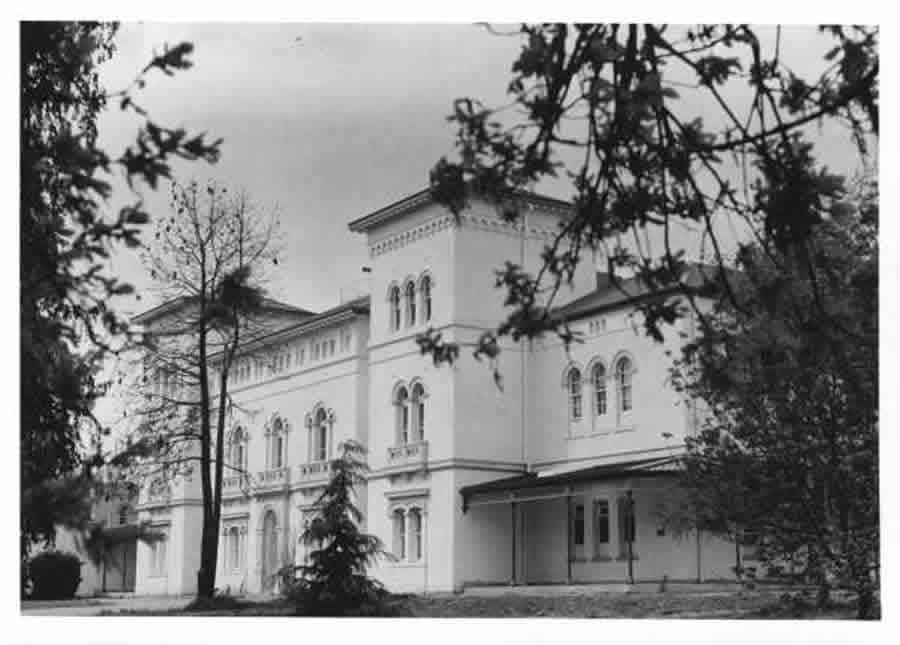
People were committed to Beechworth for “ailments” like an unmarried pregnancy, religious fanaticism, political activism or chronic alcoholism. Once inside, escape was nearly impossible.
Patients endured horrors disguised as medicine: ice baths lasting hours, lobotomies performed with kitchen utensils, forced sterilization, or electroshock therapy without anesthesia.
The Underground Tunnels
Beneath Beechworth lies a network of tunnels connecting all buildings. These were used to transport the most violent patients without public exposure.
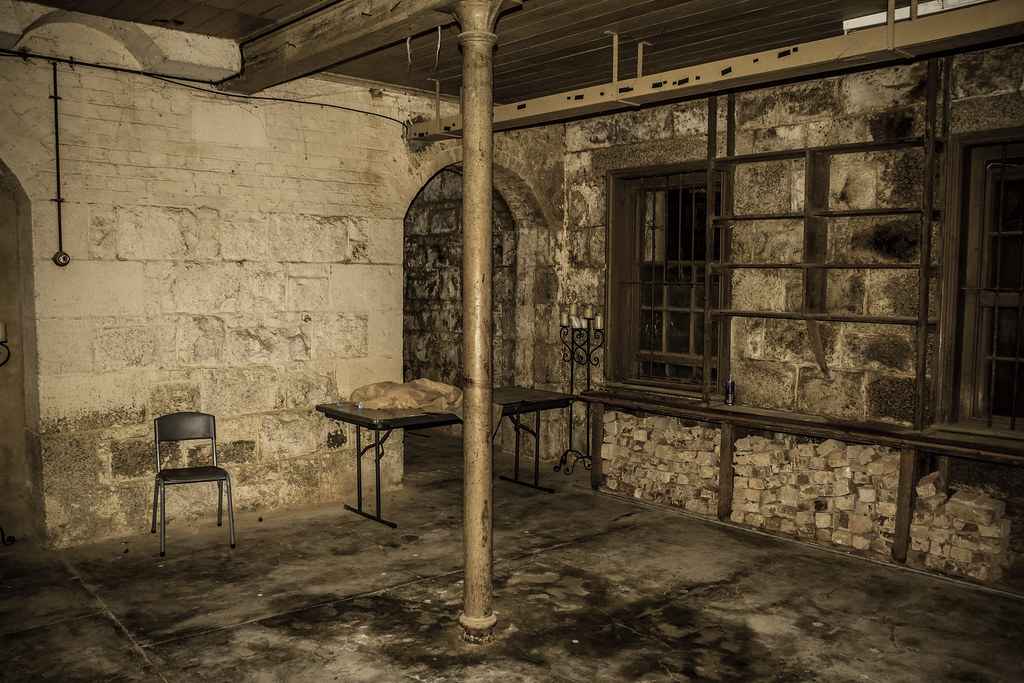
The tunnels also hide the asylum’s darkest secret – the unofficial morgue where “difficult” patients were disposed of. Bodies were buried in the tunnel walls, sealed behind brick.
Modern paranormal investigators report the tunnels are the most active area:
- Voices screaming in multiple languages
- Phantom footsteps echoing from empty passages
- The smell of death and decay
- Shadow figures moving through walls
- People becoming lost in tunnels they’ve mapped repeatedly
Why the Spirits Won’t Rest
Beechworth represents 128 years of concentrated human suffering. Thousands died without dignity, without justice, without anyone remembering their names. That kind of trauma creates psychic imprints that can last centuries.
The asylum’s closure in 1995 didn’t end the suffering. It just trapped the spirits inside empty buildings where their torment continues.
12. Paris Catacombs, France
20 meters beneath Paris lie tunnels filled with the remains of six million people. Their bones are arranged artistically, femurs stacked like cordwood, skulls arranged in decorative patterns.
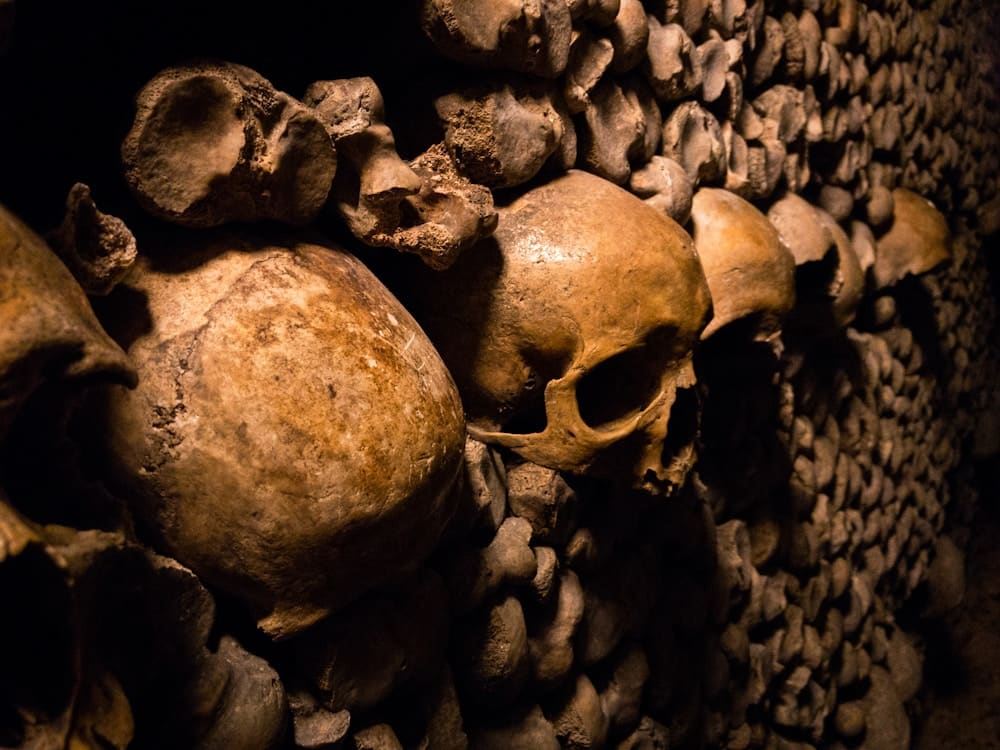
The entrance bears a chilling warning: “Arrête! C’est ici l’empire de la mort” (Stop! This is the Empire of Death).
From Quarry to Mass Grave
The tunnels began as limestone quarries in the 13th century. By the 18th century, Paris had a public health crisis: overflowing cemeteries were causing disease outbreaks. The solution? Move all the dead underground.
Starting in 1786, workers spent years moving remains from Parisian graveyards to the abandoned quarries. They arranged the bones artistically, creating walls, altars, and decorative patterns from human remains.
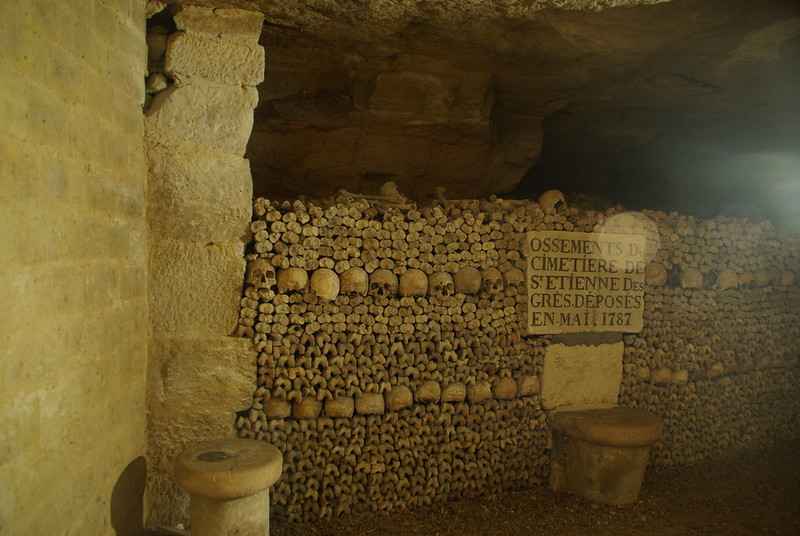
The work was done at night to avoid public panic. Entire graveyards disappeared, their contents now part of the underground city.
Tourists see maybe 2% of the catacomb system. Miles of tunnels stretch beneath Paris, containing the remains of countless unnamed dead. These restricted areas are where the real paranormal activity occurs.
The Cataphiles
“Cataphiles” are urban explorers who illegally access the forbidden tunnels. They’ve documented areas that official Paris denies exist:
- Chambers where bones are arranged in ritualistic patterns
- Rooms filled only with children’s remains
- Underground pools that reflect faces not belonging to viewers
- Tunnels that seem to change layout between visits
- Areas where all electronic devices fail simultaneously
The Phantom of the Catacombs
The most famous catacomb ghost is Philibert Aspairt, a doorkeeper who got lost in the tunnels in 1793. His body was found 11 years later, still holding his keys.
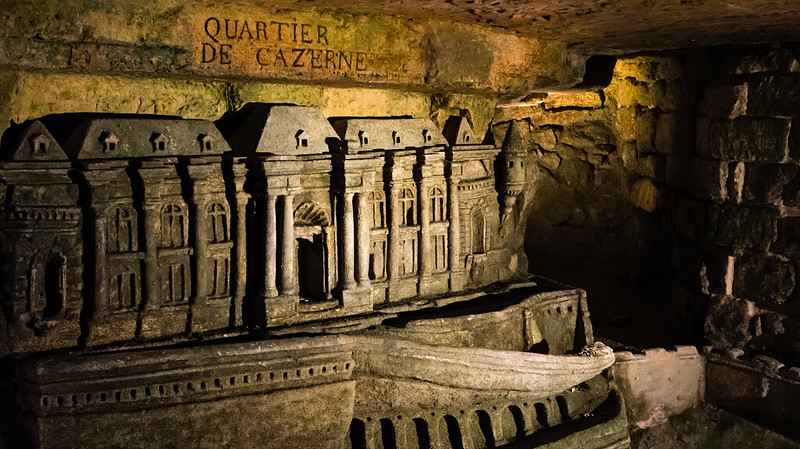
Visitors report seeing Philibert wandering the tunnels, forever lost, still trying to find his way out. He appears as a man in 18th-century clothing, carrying a lantern that casts no light
The Most Haunted Areas
The Crypt of the Passion: Contains bones arranged to depict Biblical scenes. Visitors report seeing the bone arrangements move and change.
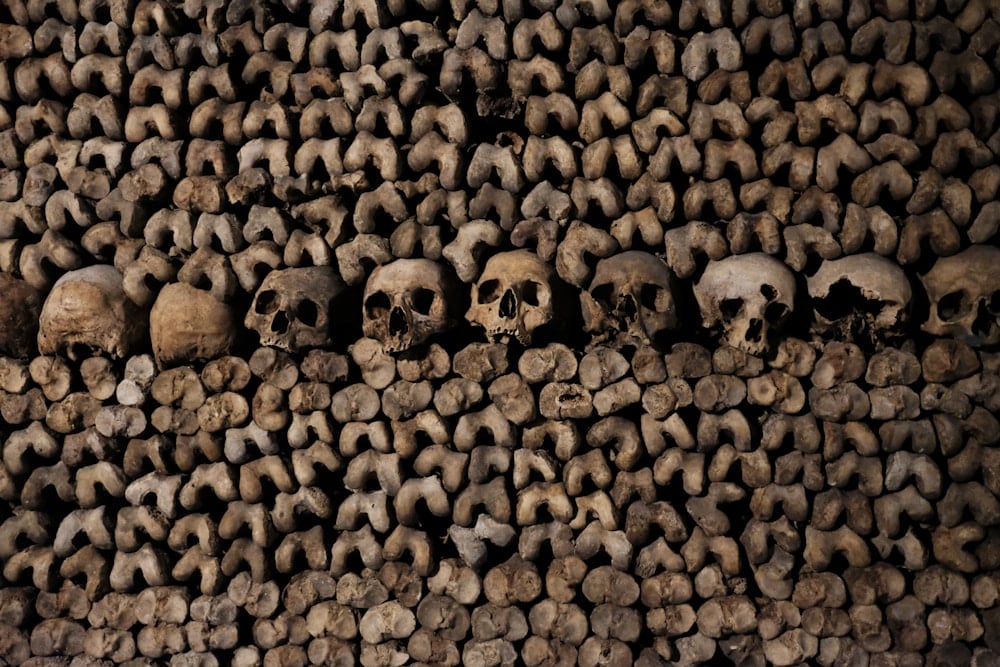
The Barrel Vault: Temperature here stays 5°C colder than surrounding areas. Breath is visible even in summer.
The Port-Mahon Gallery: Features sculptures carved from limestone walls. The sculptures’ eyes seem to follow visitors, and some report the stone figures turning their heads.
13. The Cecil Hotel, Los Angeles
The Cecil Hotel in downtown Los Angeles is notorious for its dark past and paranormal lore. Once a grand 1920s establishment, this 19-story hotel soon earned ominous nicknames like “Hotel Death” due to the unusual number of deaths and crimes connected to it.
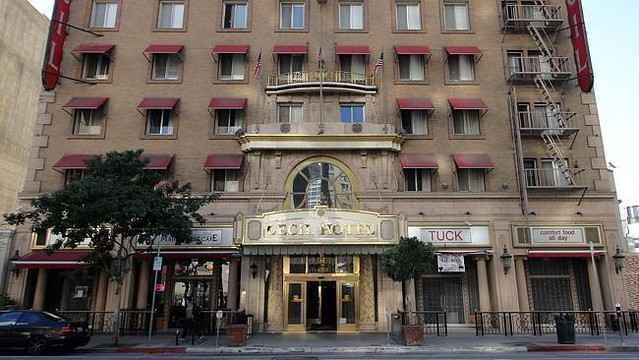
Throughout the mid-20th century, death visited the Cecil Hotel with unnerving frequency. Guests poisoned themselves behind locked doors; others took final leaps from upper windows, sometimes killing pedestrians below.
Most Notorious Cases Connected to the Cecil Hotel
At least 16 sudden or unexplained deaths have been documented at the Cecil, though former manager Amy Price claimed there were as many as 80 deaths during just her ten-year tenure (2007–2017).
How to visit Cecil Hotel
The Cecil Hotel no longer accepts guests. After closing for renovations in 2017, it reopened in December 2021, not as a hotel, but as an affordable housing complex managed by Skid Row Housing Trust, providing units for low-income residents.




